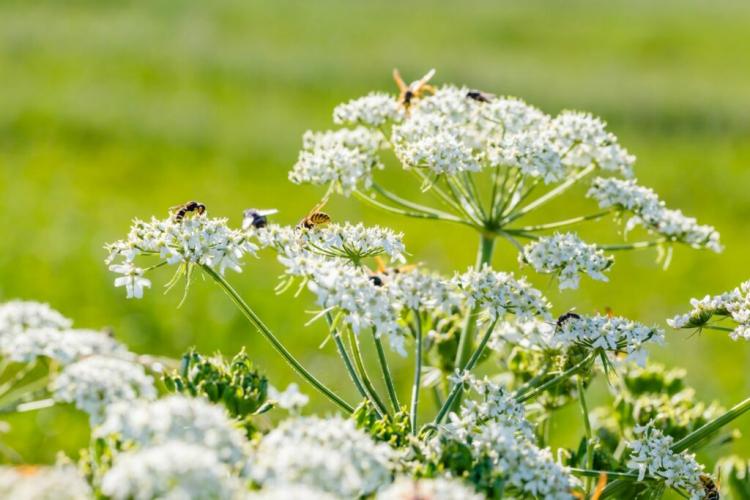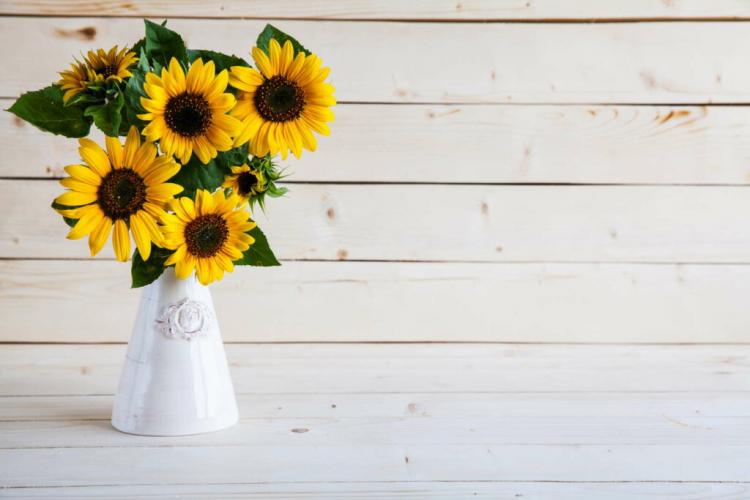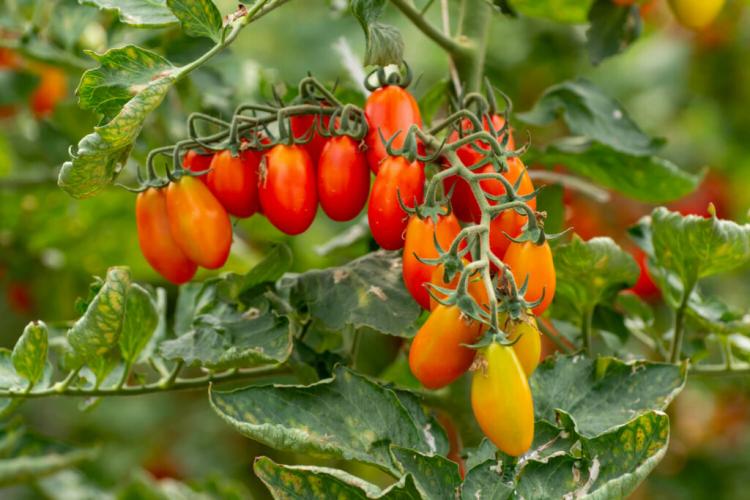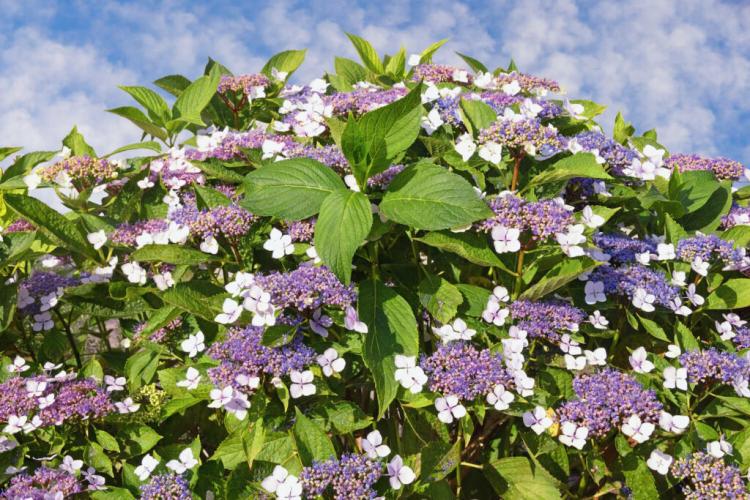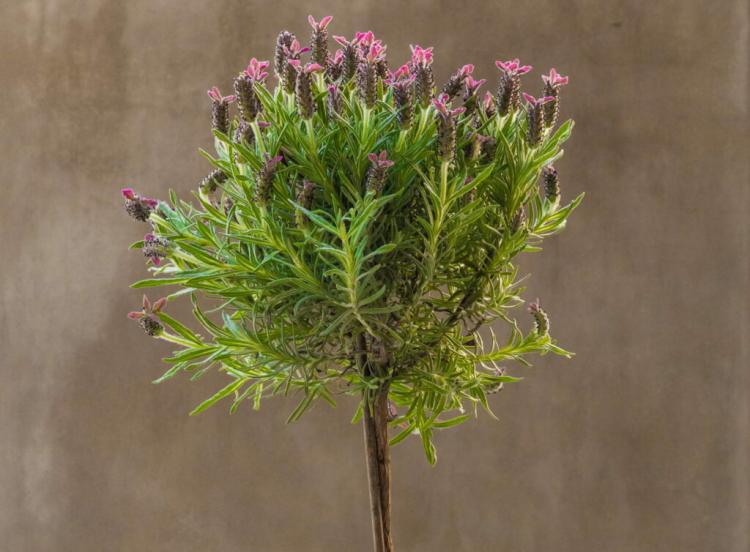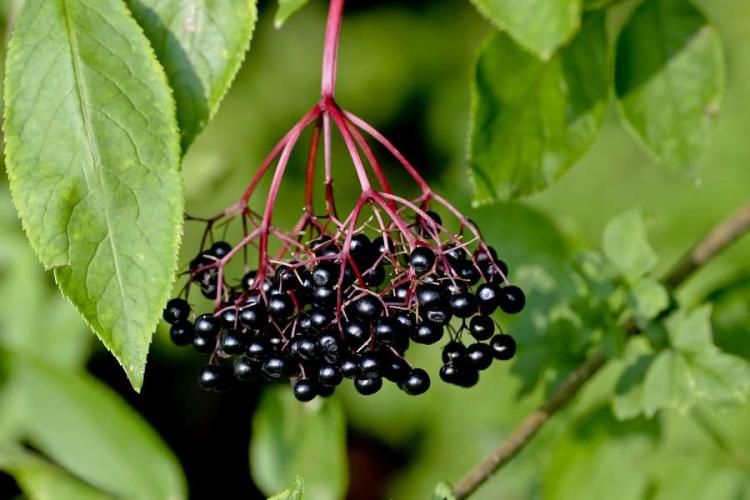Caraway: growing in your own garden made easy
Caraway impresses with its aromatic seeds and their healing properties. We show how it can be grown in your own garden.
Already in the times of Charlemagne, caraway ( Carum carvi ) was used as a medicinal plant for digestive problems and as an antispasmodic. It is known that caraway was used in the preparation of dishes even earlier – it has been proven that the first gourmets were seasoned with caraway seeds around 2000 years ago. As a representative of the Umbelliferae ( Apiaceae ), the caraway is related to other sizes from the kitchen garden such as dill ( Anethum graveolens ) or fennel (Foeniculum vulgare). Originally from southern Europe and the Middle East, the natural distribution of caraway now extends across Europe, from Siberia to China. We’ll show you how you can let the two-year-old umbellifer grow in your own garden.
Growing caraway seeds – step by step
- Location: In contrast to most Mediterranean kitchen herbs, caraway does not feel comfortable in well-drained, well-drained soil. Moist, loamy soils in a sunny to the partially shaded location are the best habitat for the umbelliferous plants. The pH value should be relatively high at 6.0 – 7.5. If you cannot offer the caraway optimal garden soil, you can use high-quality compost soil. Other Apiaceae such as carrots, fennel, or dill should be kept away in the vicinity due to intolerance. Until the repeated cultivation of caraway seeds in the same place, it is advisable to observe a five-year cultivation break. In principle, caraway can of course also be grown in containers – a substrate with the above-mentioned properties is also recommended. In addition, when choosing a container, it should be noted that caraway seeds form a taproot about 15 cm long – the pot should therefore be correspondingly deep.
- Propagation: The real caraway is propagated by sowing. It takes about three weeks for the umbellifer to germinate at an average temperature of 20 ° C. Covering with a substrate layer that is too thick can obviously make it more difficult for the light germ to germinate. If you want to sow directly in the field, this can be done from April. Of course, caraway can also be grown on the windowsill and released as a young plant in May. In this case, sowing can begin as early as February. If the biennial plant is allowed to bloom in its place in the second year of standing, it will show itself on the spot and germinate in the next spring. However, due to the recommended pause in cultivation, this is not advisable – so simply remove the cones and then harvest the coveted caraway seeds.
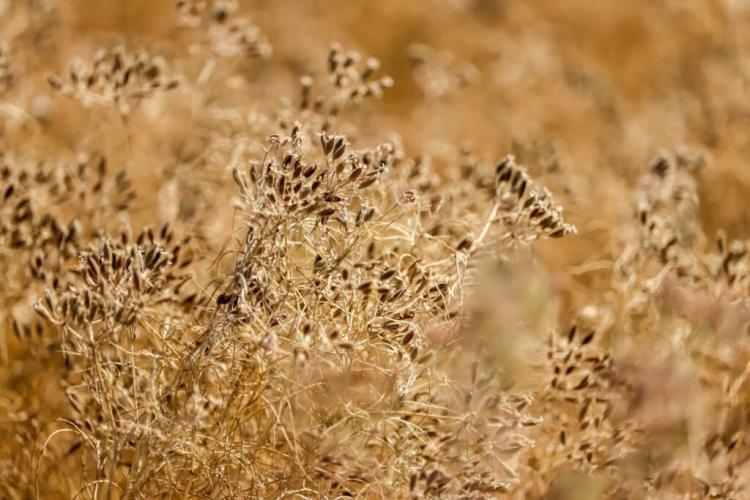
In its second year, caraway forms flowers and seeds that can be harvested
- Combined cultivation: Caraway is a so-called biennial plant. In the year of sowing, it just grows without bringing many benefits. The winter gives a biennial plant a stimulus and blooms in the second year. Then it dies. Incidentally, the caraway blossoms in May and June. Since in the first year, the area is blocked by the caraway, so to speak, without being able to harvest anything, various combined cultivation systems with other plant species are common practice in commercial cultivation. These can also be transferred to the garden at home. Caraway seeds can therefore only be sown in July or August following the harvest of a previous crop. Cultivation with so-called cover crops such as corn is also popular. The cover crop overgrows the caraway in the first year but is also harvested in the year of sowing. In the second year, the caraway can then claim the entire area for itself. As a rule, these combined cultivation systems are somewhat at the expense of development and vigor and thus also to the disadvantage of the caraway yield.
- Watering and fertilizing: The balanced water supply of the caraway is very important. Even during short periods of drought, it is essential to water immediately when growing in the bed. The nutrient supply is sufficient if some organic material such as manure or compost is worked into the soil a few weeks before sowing with the preparation of the seedbed. This can be repeated in the early spring of the second year so that the biennial plant can emerge strengthened from the winter dormancy.
- Harvest: In addition to the caraway seeds, the foliage of the biennial plant can also be used as a substitute for dill or parsley in the kitchen. The fine leaves can easily be cut until flowering occurs in the second year. If too many leaves are removed, however, this weakens the plant considerably and leads to a lower caraway seed yield. To get the spicy, hot caraway seeds, you have to let the plant bloom in the second year. In July the inflorescences turn brown – then the time for harvest has come. The whole plant can simply be cut off because the caraway would die off anyway. At the same time, the underground tap root could be harvested. It has a subtle taste of caraway and can be cooked as a vegetable.
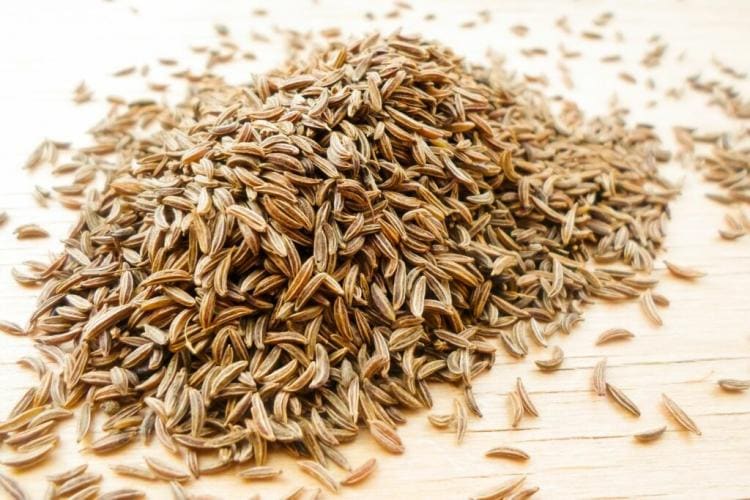
Caraway seeds can easily be dried and stored in the dark for several years
- Storage: After the harvest, the caraway inflorescences are first dried for a few days. This makes it easier to get to the seeds, which can then be stored in an airtight container without any problems. Thanks to the previous drying, they also do not start to get moldy.
You might so like:
